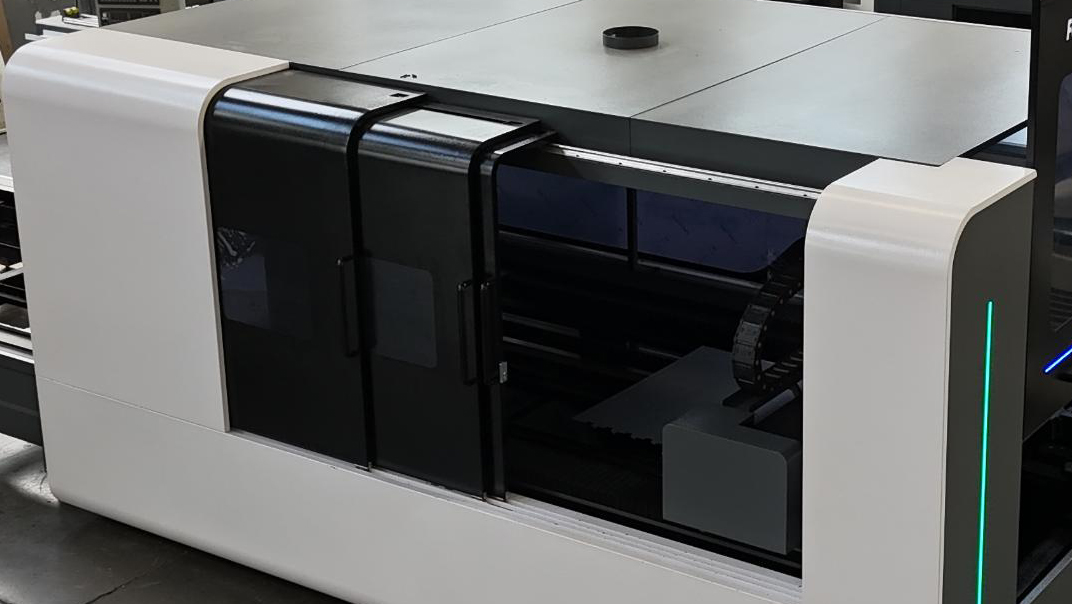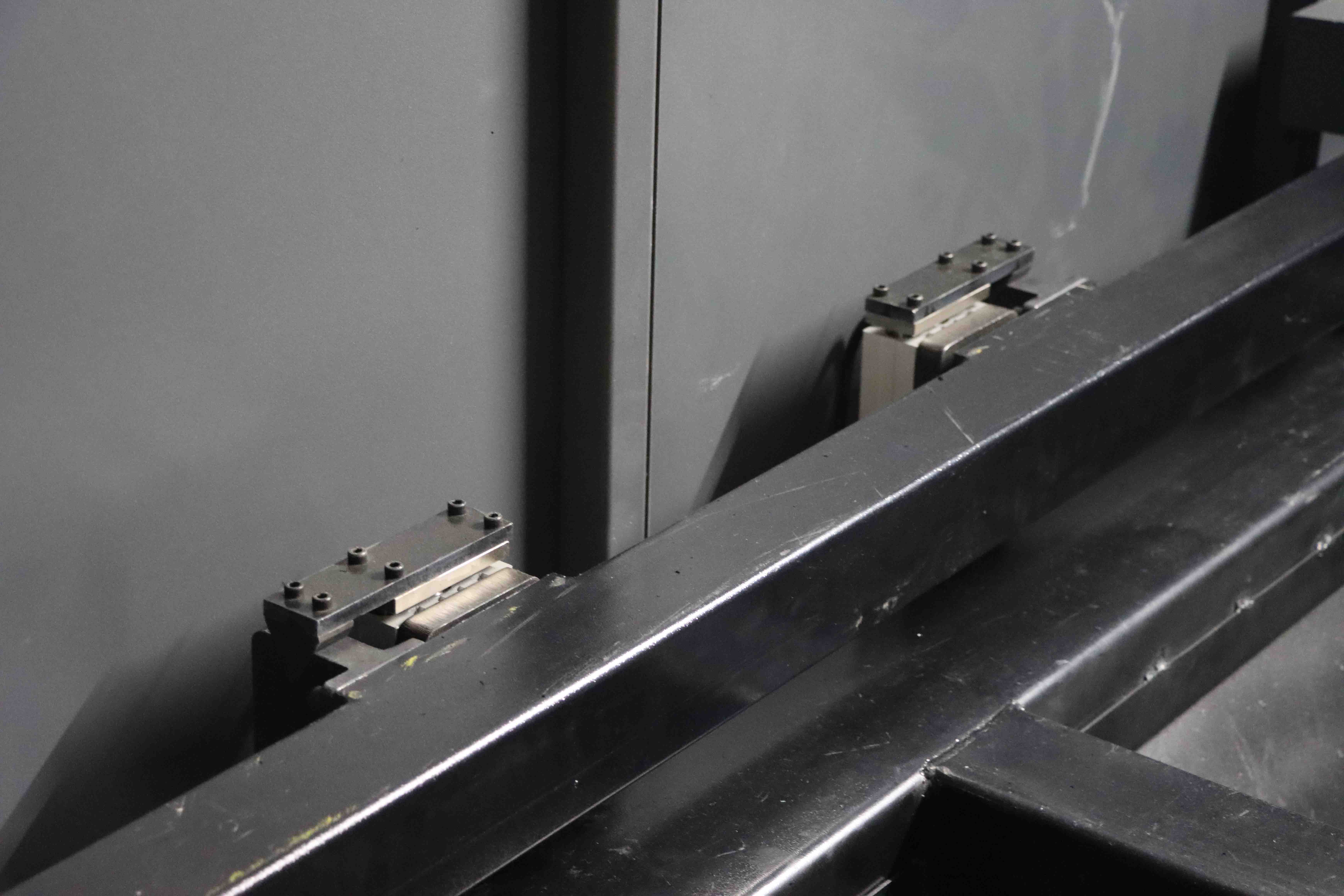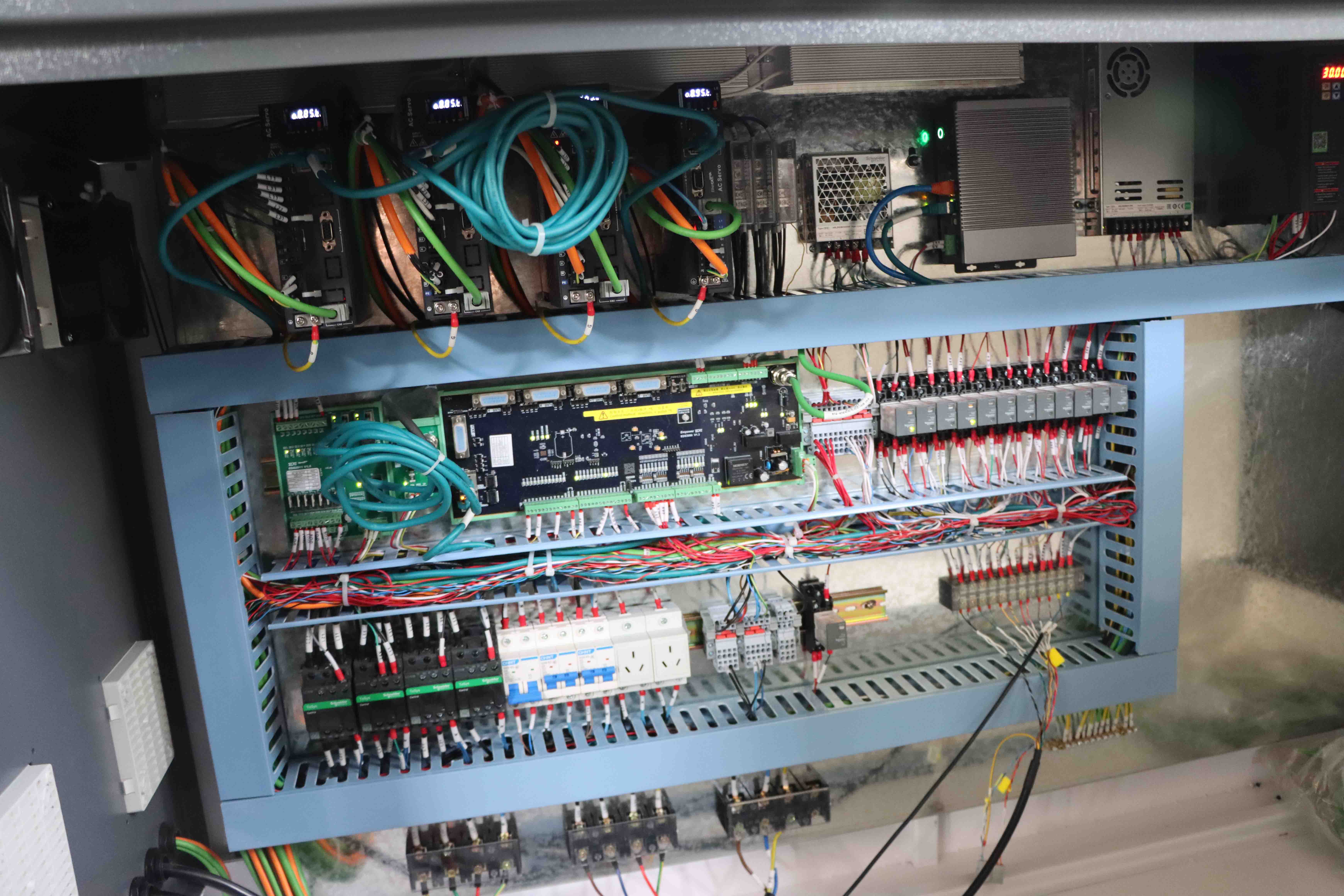Introduction
Laser cutting technology has revolutionized the metalworking industry, offering unparalleled precision, speed, and versatility. Whether you're a seasoned engineer or a hobbyist, understanding how to effectively use a laser to cut metal can significantly enhance your projects. This comprehensive guide will delve into the intricacies of laser cutting, exploring its principles, types of lasers, applications, advantages, and best practices.
Understanding Laser Cutting

Laser cutting is a non-contact, thermal-based process that uses a high-powered laser beam to cut materials, including metals. The laser beam is generated by a laser resonator and directed through a series of mirrors or fiber optics to a focusing lens. The lens concentrates the laser beam into a small, intense spot that melts, burns, or vaporizes the material along the cutting path.
Types of Lasers Used for Cutting Metal

1. CO2 Lasers Traditionally used for cutting non-metallic materials, CO2 lasers can also cut thin metal sheets. However, they are less efficient for thicker metals and have been largely replaced by fiber lasers in metal cutting applications.
2. Fiber Lasers Fiber lasers are the most popular choice for cutting metals due to their high efficiency, precision, and ability to cut a wide range of metal thicknesses. They use a solid-state laser source and are particularly effective for cutting reflective metals like aluminum and copper.
3. NdYAG Lasers These lasers are used for cutting thicker metals and are known for their high peak power. However, they are less efficient and more expensive than fiber lasers.

How Laser Cutting Works
1. Beam Generation The laser beam is generated in the resonator and then directed through a series of mirrors or fiber optics to the cutting head.
2. Focusing The laser beam is focused by a lens to a small, intense spot on the material's surface.
3. Material Interaction The focused laser beam heats the material to its melting or vaporization point, creating a narrow kerf (cut).
4. Assist Gas An assist gas (such as nitrogen, oxygen, or compressed air) is often used to blow away molten material from the cut, ensuring a clean edge.
5. Motion Control The cutting head moves along the desired path, guided by a CNC (Computer Numerical Control) system, to create the desired shape.
Applications of Laser Cutting in Metalworking
1. Automotive Industry Laser cutting is widely used in the automotive industry for cutting complex shapes in metal sheets for car bodies, chassis, and engine components.
2. Aerospace Industry The aerospace industry relies on laser cutting for precision cutting of lightweight materials like titanium and aluminum alloys.
3. Electronics Laser cutting is used to create intricate components for electronic devices, such as smartphone cases, circuit boards, and heat sinks.
4. Medical Devices The medical industry uses laser cutting to manufacture precise and complex components for surgical instruments, implants, and diagnostic equipment.
5. Architecture and Construction Laser cutting is employed in the construction industry for cutting metal sheets for facades, structural components, and decorative elements.
Advantages of Laser Cutting Metal
1. Precision Laser cutting offers exceptional precision, with the ability to cut intricate shapes and fine details with minimal kerf width.
2. Speed Laser cutting is significantly faster than traditional cutting methods, especially for thin materials.
3. Versatility Laser cutting can be used on a wide range of metals, including steel, stainless steel, aluminum, copper, and titanium.
4. Minimal Material Waste The narrow kerf and precise cutting reduce material waste, making laser cutting a cost-effective option.
5. No Tool Wear Since laser cutting is a non-contact process, there is no tool wear, reducing maintenance costs and downtime.
6. Automation Laser cutting machines can be fully automated, allowing for continuous, high-volume production with minimal human intervention.
Best Practices for Laser Cutting Metal
1. Material Selection Choose the appropriate metal for your project, considering factors such as thickness, reflectivity, and thermal conductivity.
2. Laser Power and Speed Adjust the laser power and cutting speed based on the material thickness and desired cut quality. Higher power and slower speeds are generally required for thicker materials.
3. Assist Gas Selection Select the appropriate assist gas for the material being cut. For example, nitrogen is often used for stainless steel to prevent oxidation, while oxygen is used for carbon steel to enhance cutting speed.
4. Focus Position Ensure the laser beam is focused correctly on the material surface. Incorrect focus can lead to poor cut quality and increased energy consumption.
5. Edge Quality Optimize cutting parameters to achieve the desired edge quality. Factors such as assist gas pressure, cutting speed, and laser power can affect the smoothness and finish of the cut edge.
6. Maintenance Regularly maintain the laser cutting machine, including cleaning the lenses, checking the alignment, and replacing worn components, to ensure consistent performance.
Safety Considerations
1. Eye Protection Laser cutting produces intense light that can damage the eyes. Always wear appropriate laser safety goggles when operating or observing the laser cutting process.
2. Ventilation Ensure proper ventilation in the workspace to remove fumes and gases generated during the cutting process, especially when cutting materials that produce toxic fumes.
3. Fire Safety Laser cutting involves high temperatures that can ignite flammable materials. Keep a fire extinguisher nearby and avoid cutting near flammable substances.
4. Machine Guarding Use appropriate machine guarding to prevent accidental contact with moving parts and the laser beam.
5. Training Ensure that operators are properly trained in the safe operation of laser cutting machines and are aware of potential hazards.
Future Trends in Laser Cutting
1. Increased Automation The integration of AI and machine learning into laser cutting systems is expected to enhance automation, allowing for more complex and adaptive cutting processes.
2. Higher Power Lasers Advances in laser technology are leading to the development of higher power lasers, enabling faster cutting speeds and the ability to cut thicker materials.
3. Hybrid Machines The combination of laser cutting with other manufacturing processes, such as additive manufacturing or CNC milling, is becoming more common, offering greater flexibility and efficiency.
4. Sustainability The development of more energy-efficient lasers and the use of environmentally friendly assist gases are contributing to the sustainability of laser cutting processes.
Conclusion
Laser cutting has become an indispensable tool in the metalworking industry, offering unmatched precision, speed, and versatility. By understanding the principles of laser cutting, selecting the appropriate equipment, and following best practices, you can achieve high-quality results in your metal cutting projects. As technology continues to advance, the capabilities of laser cutting machines will only expand, opening up new possibilities for innovation and efficiency in metalworking. Whether you're cutting thin sheets or thick plates, laser cutting provides a reliable and efficient solution for all your metal cutting needs.
Regardless of whether you require general advice or specific support, we are happy to help you.